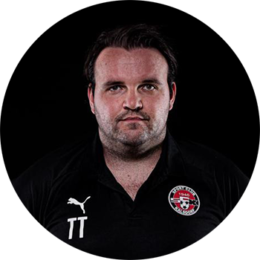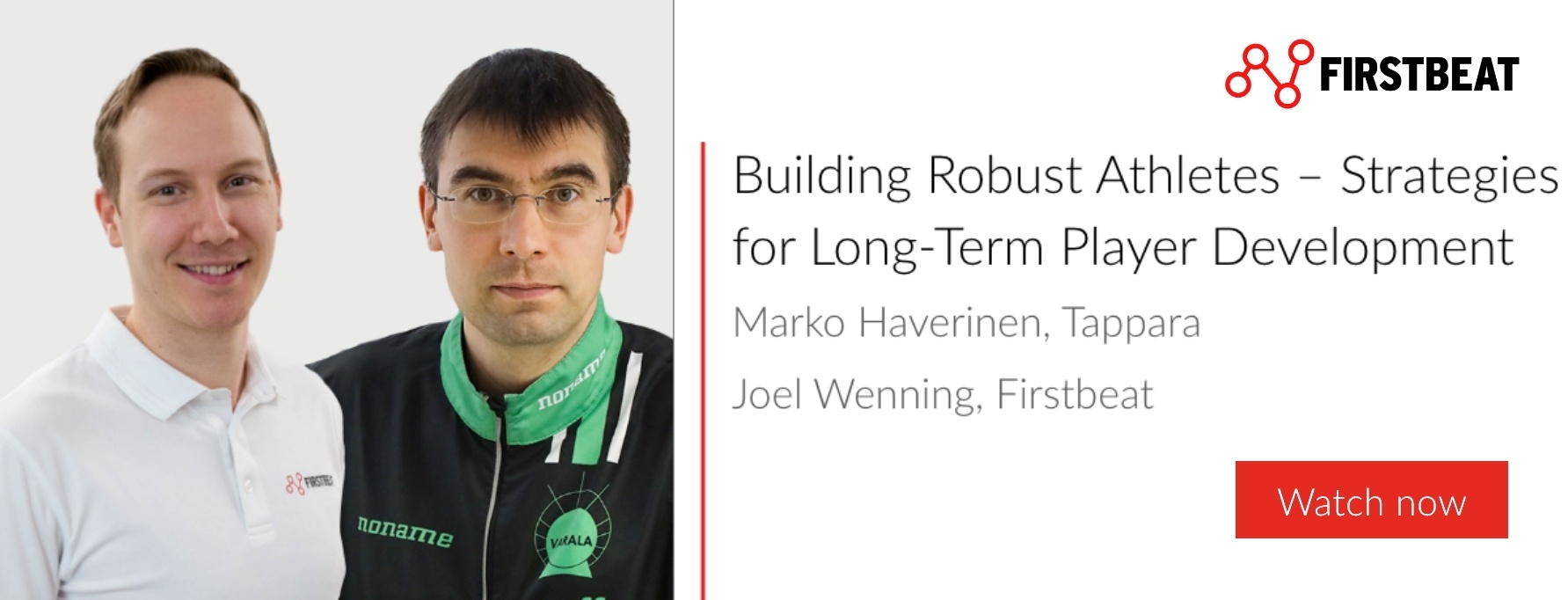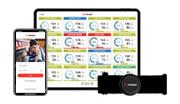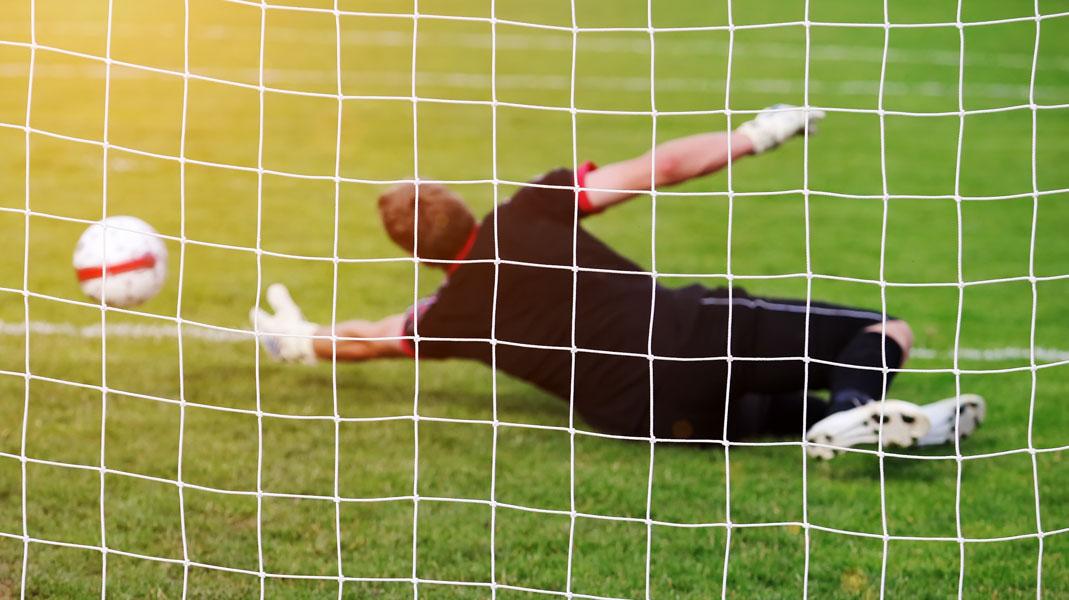
Do players with better athleticism score more goals? Maybe. Do goalkeepers with better athleticism save more shots? Yes, says René Stampler, lecturer at the Austrian Football Association (ÖFB) and Bavarian Football Association, and goalkeeping coach at SC Kalsdorf.
“When it comes to goalkeeping, a lot can still be achieved through individual athleticism – there are many small screws that can be turned through athletic training,” says Stampler.
Stampler uses the Firstbeat Sports System with his goalkeepers in daily training, primarily to check physical development and capacity through objective data. “There are many aspects that are important but, in general, it is about stability, strength and endurance, as well as flexibility and elasticity. With the main goal of improving the protection of the goal and defensive area.”
A goalkeeper runs six kilometers in a game
Strength and endurance are among the most important elements for goalkeepers. “With modern goalkeepers being more mobile, they run between four and six kilometers in a game,” explains Stampler. “They can reach maximum speeds of around 19-25 km/h. But when is this trained? We do it with different starting patterns. When training, high-speed power runs can be combined with working on jumping power. They work well together. For example, we do sets of 2×4 repetitions of 16m sprints, which are then increased.”
“In the beginning, my goalkeepers very quickly reached their maximum in the 16-meter runs. But with a general improvement in athleticism and, above all, in fitness through objective monitoring using the Firstbeat system, the top values are now only reached towards the end of the intervals,” he continues. “If possible, we try to do this form of high-speed running in isolation and not on the grass, but on the athletic track, for example.”
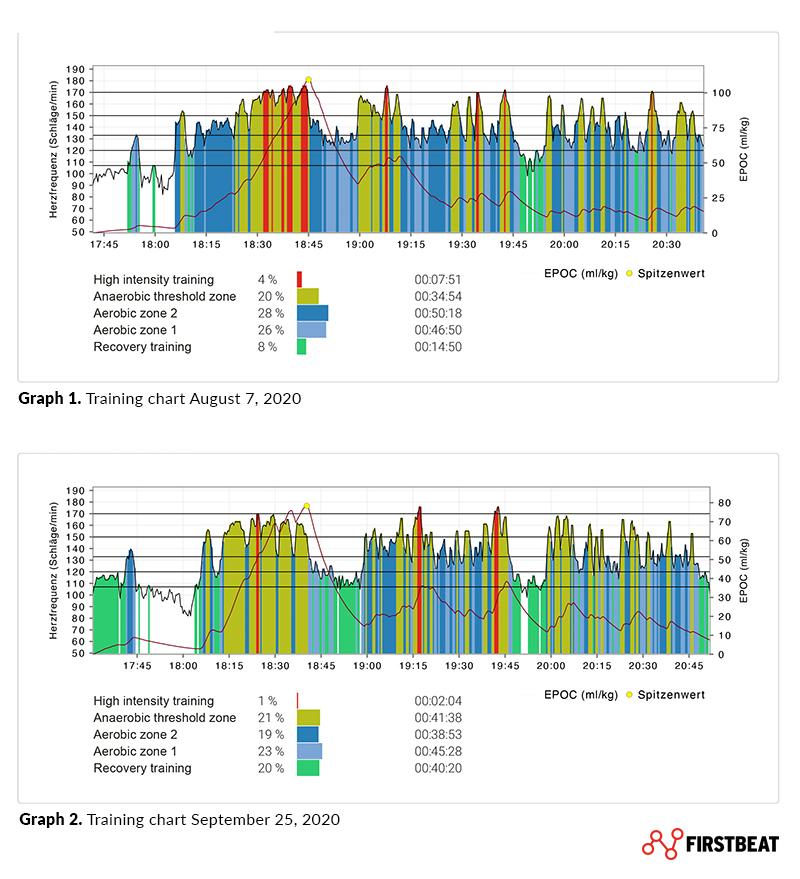
An example of load control in a goalkeeper: Development of recovery after high-intensity intervals in the warm-up. Graph 1 shows a goalkeeper warming up on August 7, 2020. Graph 2 shows the same goalkeeper warming up on September 25, 2020.
Why is recovery time so important? In multiple goalkeeping actions it is important not only to reach maximum intensity, but to recover quickly afterwards in order to be able to start a new action with high intensity immediately.
When it comes to recovery in general, however, there are no major differences compared to the rest of the team.
“It’s more about being careful not to overload the goalkeeper in team training,” explains Stampler. “For example, if the coach wants to do some shooting training the day before the game, that’s not a big requirement for outfield players. But, without objective monitoring, the goalkeeper runs the great risk of training for 10-15 minutes at high intensity and working over 90% HRmax. The Firstbeat Sports app helps me avoid this and to dose the load ideally for the day before a game.”
Versatile load data for optimal training
In general, the Firstbeat Sports system is very versatile when it comes to working with goalkeepers.
“Acute vs. Chronic training load (ACWR) and Training Effect are examined in detail on a daily basis. This lets us prepare the goalkeepers as perfectly as possible for the game day over the course of the week, and accurately simulate game loads for the second and third choice goalkeepers,” reveals Stampler. “The Training Effect is a good basis for setting goals and communicating with the players. They get this information in real time and then sent directly by email after training.
“The new Movement Intensity from Firstbeat is also in daily use. We mainly use this external load feature to monitor the development of the players in certain training situations. For example, when actively running out on the flanks.
“The same goes for TRIMP/min which we use in a similar way. Here we can adjust the game intensities in certain situations in a controlled manner and train with the same intensity.”
Nevertheless, the experience of the trainer is essential even with the data available. After all, they have control over what happens to the information. There are also areas such as flexibility and stability where internal monitoring reaches its limits.
Even in these areas, there are goalkeeper-specific points that are given special attention. “I’m trying to break new ground here by specifically training game-specific situations in isolation, be it jumping technique, 1: 1 defense in front of the goal or ankle stability. That can make a difference of several goals per season,” concludes Stampler.
You might also be interested in
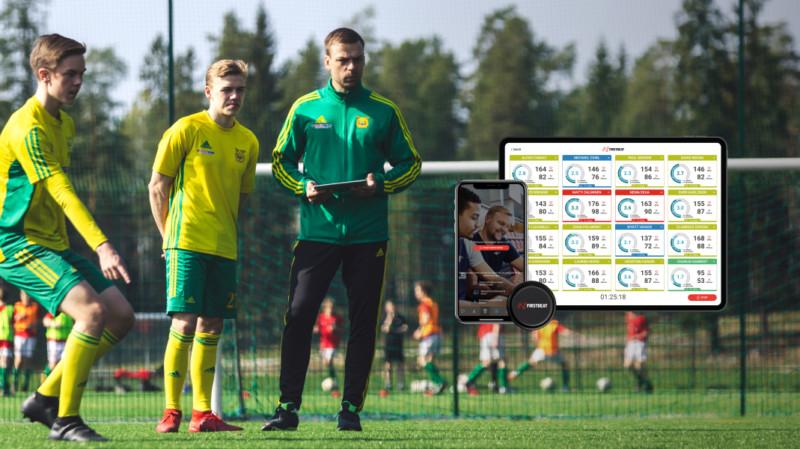
One Year of the Firstbeat Sports Sensor and Live App
It has been one year since we launched the Firstbeat Sports app and Sensor – introducing our most flexible, efficient and in-depth internal load monitoring solution yet with the aim to bring true mobility to coaching.
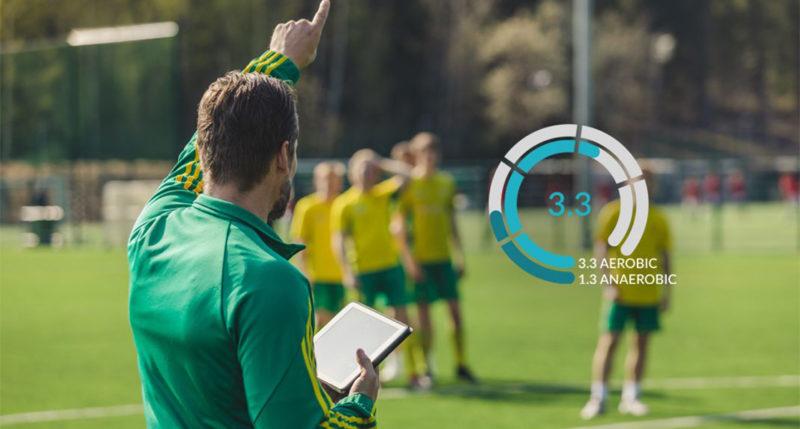
How to Use Training Effect: The Firstbeat Sports Feature that Measures the Impact of Training
In this article, we look at how Training Effect is calculated, the Training Effect scale, and how it is visualized in Firstbeat Sports.

